As you become more advanced in your piano training, your teacher may assign you some finger exercises called Hanon exercises. At first, you might find them boring and repetitive, but there are some good reasons why your teacher recommends them. We'll discuss what they are, why they are beneficial, and how to play Hanon exercises correctly. You'll be impressed with the strength and agility you will gain after faithfully practicing these exercises!
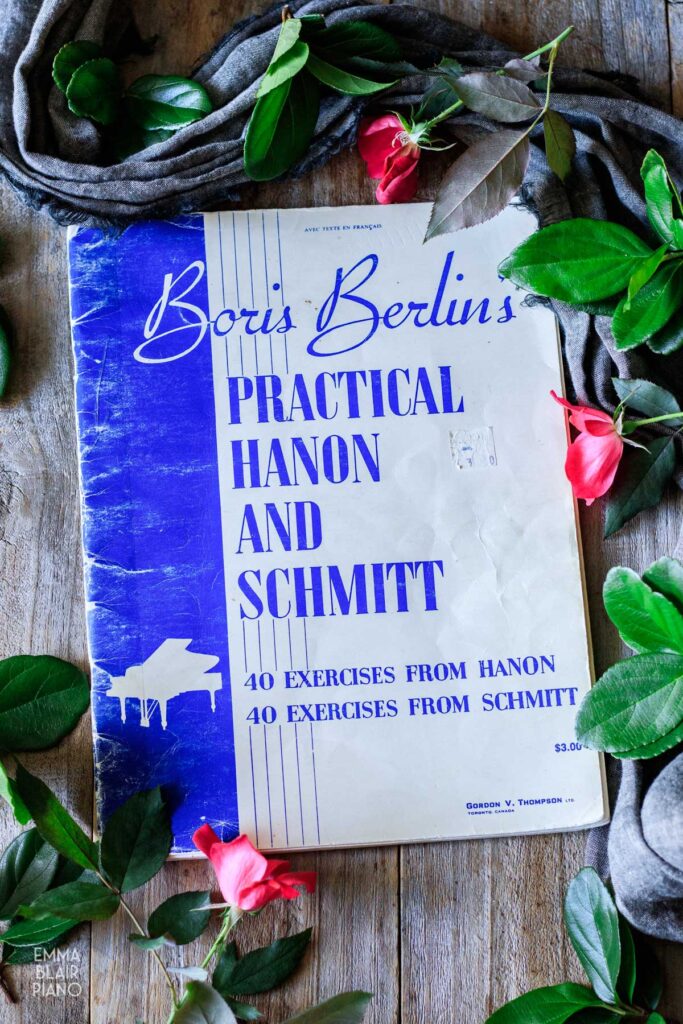
Jump to:
Stay connected! Follow Emma Blair Piano on Pinterest, Instagram, and Facebook.
About
What are Hanon exercises?
They are a series of sixty exercises formulated to improve a pianist's strength, flexibility, speed, and agility at the keyboard. Most of the exercises target specific fingers or groups of fingers to improve independence and clarity. They were written in the nineteenth century by Charles-Louis Hanon, a French piano instructor and composer.
Some of the exercises consist of a repetitive pattern of notes that is the same in both treble and bass clefs. The pattern ascends for the first half of the exercise, and then descends in the second half. Almost every exercise begins and ends on C, although advanced students can transpose them to other keys.
In addition, many Hanon exercises are scales and chords, or preparatory exercises for those techniques.
Are they effective?
If Hanon exercises are practiced correctly, then the answer is yes! Diligent practice will dramatically improve finger independence, prolong endurance, and strengthen the fingers, wrists, and forearms. Especially when combined with scales, chords, and arpeggios, these exercises will raise your piano technique to new heights.
Is Hanon a waste of time?
When these exercises are faithfully and correctly practiced, they will bring enormous improvements to your technique. There's a reason why they have been popular since the 1870s: they work.
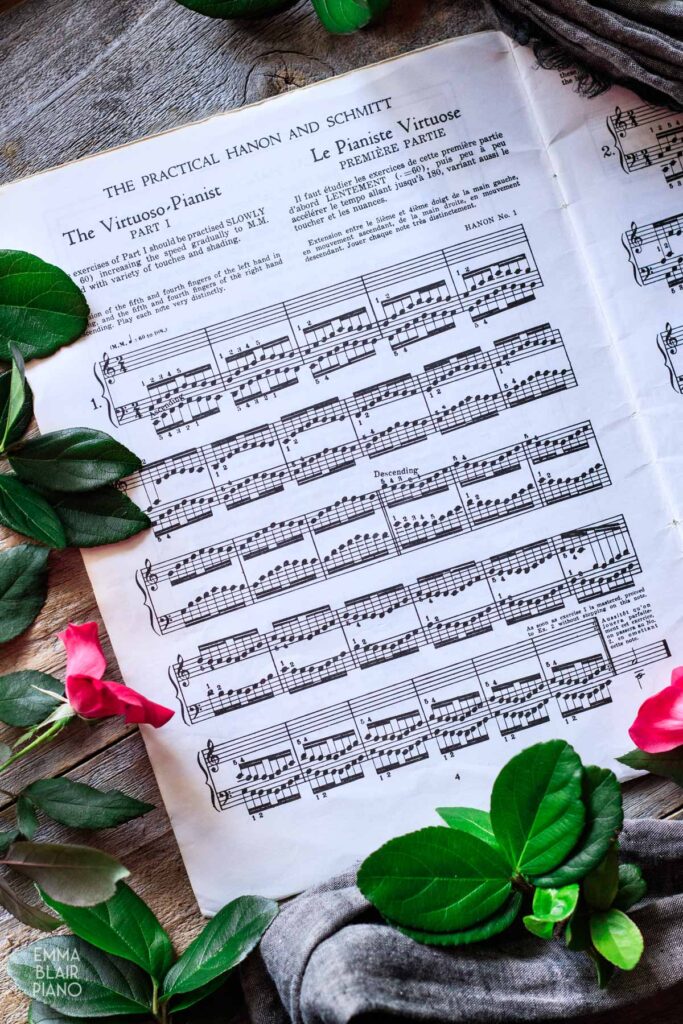
Is Hanon good for beginners?
It's recommended that you have at least one year of professional piano instruction before you begin. Young children or beginning students should focus on their musicality and learning to read notes before they worry about working on the more advanced technicalities presented in Hanon. For myself, I did not start these until I was an older teenager and had been playing the piano at an intermediate level.
How many are there?
Charles-Louis Hanon wrote sixty exercises, which were compiled into one book called The Virtuoso Pianist. This volume was originally published in 1873 in Boulogne, France, and has been revered by composers and piano teachers, such as Sergei Rachmaninoff.
The Virtuoso Pianist is split into three sections, which increase in difficulty:
- Exercises 1-20 (the "preparatory exercises")
- Exercises 21-43 ("further exercises for the development of a virtuoso technique")
- Exercises 44-60 ("virtuoso exercises for mastering the greatest technical difficulties")
Deep dive into each exercise and purchase a book of all the exercises transposed into different keys on Hanon Online.
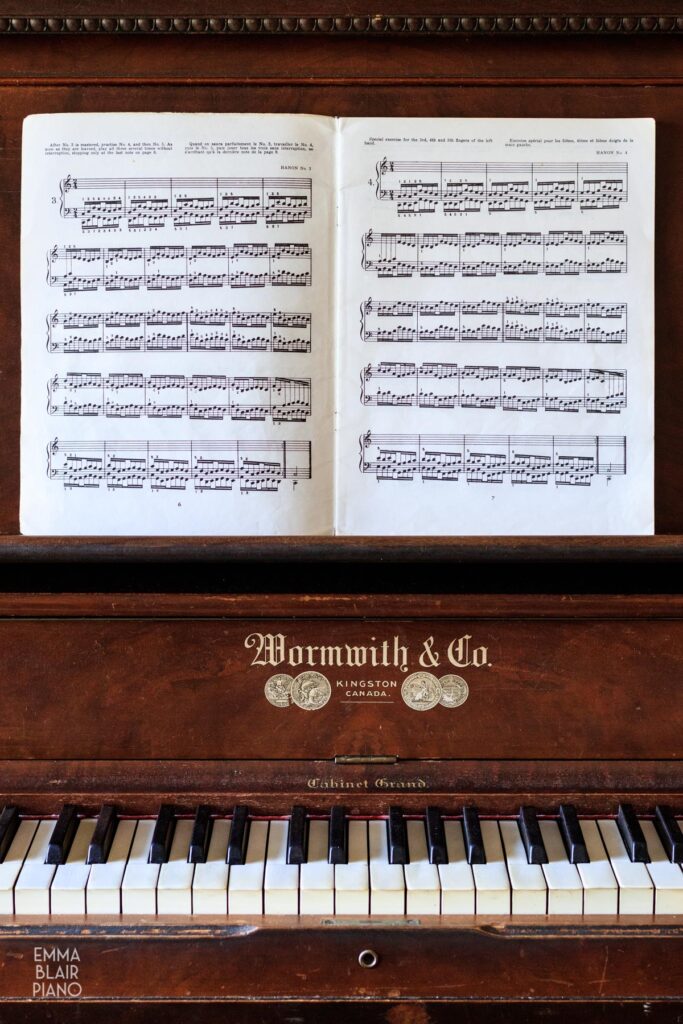
Playing
What should you do when you sit down to learn a Hanon exercise? Here are the steps I like to do.
- Recognize the pattern. Each exercise is consists of a specific pattern, so take a moment to recognize the intervals upon which the pattern is built.
- Learn the weaker hand first. Most students have a more difficult time reading and playing in the bass clef, so it's best to start with the hard part first.
- Go really slow. Speed is your enemy when learning anything new on the piano! You should only play as fast as you can play without making mistakes. Prioritize perfection over speed.
- Use a metronome. Not only will this improve your sense of timing, but it will also prevent you from slowing down and speeding up. If you're a beginner, set the metronome to 50-60 bpm and play the notes as quarter notes.
- Slowly build up speed. Once you're confident playing the pattern accurately with both hands, you can work on speeding up the exercise. 108 bpm is a good goal speed.
- Play each note with clarity. Don't slur the notes together or play choppily.
- Add different touches and shading. This will improve your musicality and help you add the expression to your pieces.
- Once you've mastered it, move on. It's best to do the exercises in order, since each one gives the fingers a rest from the previous one, but continues working on strength and flexibility.
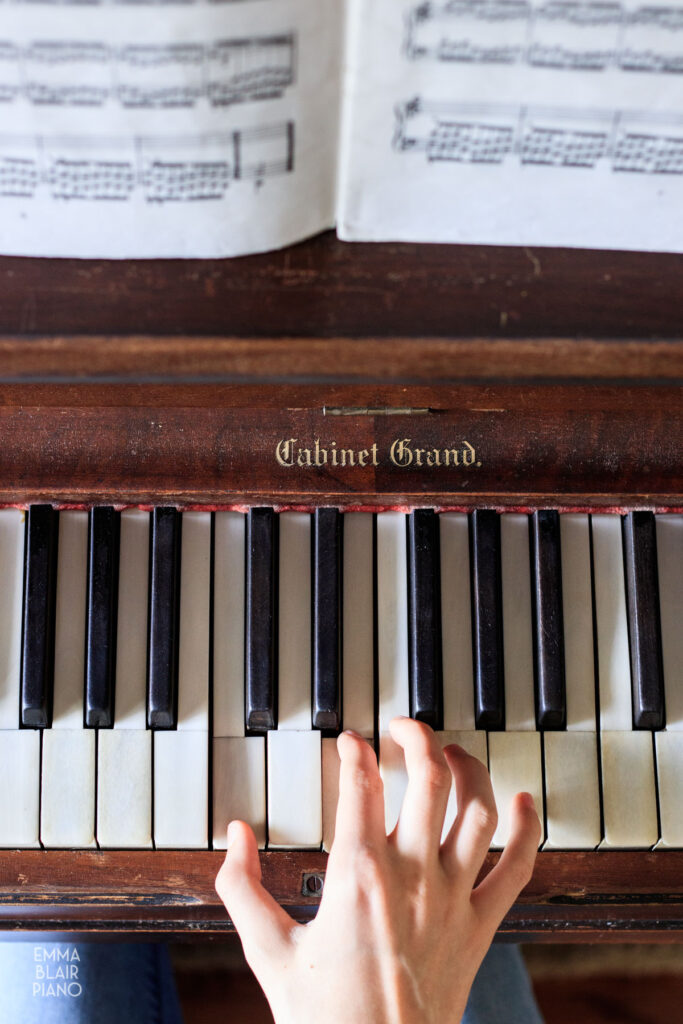
Criticisms
In this section, we'll go over the most common criticisms of Hanon exercises and how one can alleviate each one.
They can cause injury if not practiced correctly.
This statement is true, but injuries can easily be avoided if precautions and common sense are put into practice. Here are the best ways to avoid injuring yourself when practicing Hanon or any piano piece:
- Warm up first. Cold, stiff muscles will set you up for injury. Starting a practice session with five to ten minutes of scales, chords, and arpeggios is a gentle way to warm up the muscles and prepare them for strengthening.
- Practice hands separately at a slow tempo. Not only will this help you learn the correct pattern and fingering more quickly, but it will also prevent fatigue and reduce the chance of injury.
- Only practice one or two exercises at a time. As with any sport, it takes time to build up the muscles. Start learning in little chunks, and add on more exercises when you feel ready.
- Stop immediately if you feel discomfort. It's important to stay in tune with your body; don't push yourself too hard. Injuries most frequently happen when you, as a piano player, does something foolish.
- If you do feel pain, take time off. Rest is the best way to help your body heal, so avoid playing Hanon until you are back to normal. Stretches and massages are helpful in getting the muscles and tendons to relax. If you feel that you're injured, go to your doctor or physiotherapist to get checked out.
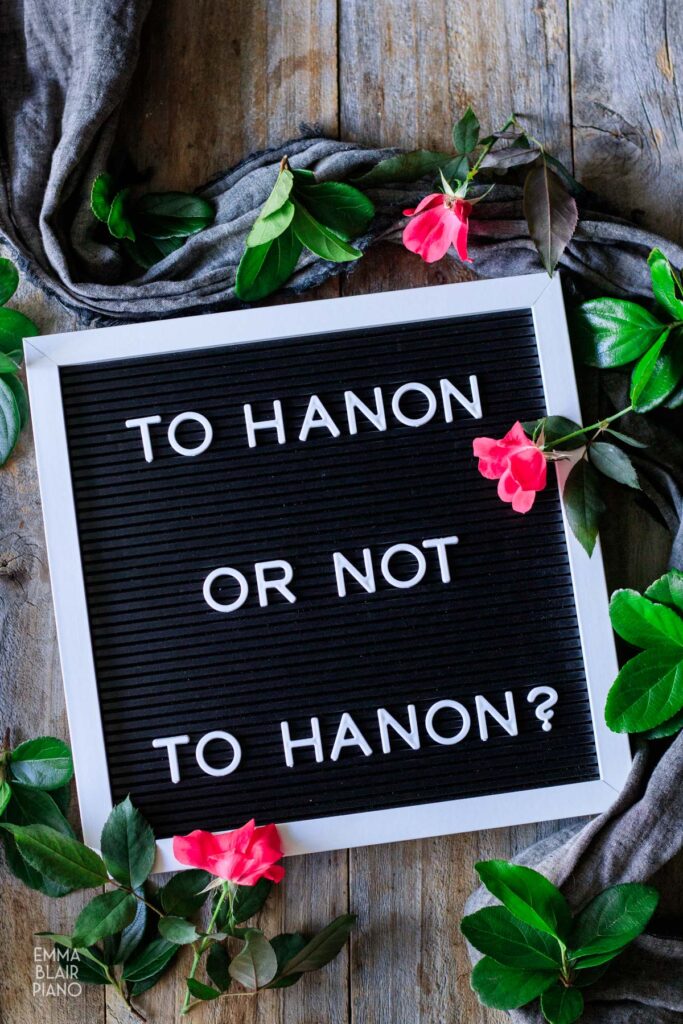
They force students to play too rigidly and impede musicality.
This is not a valid excuse! One of the strengths of Hanon is that is forces one to pay strict attention to timing and synchronizing the right and left hands. When a metronome is used, it further aids in developing a sense of rhythm. This skill is especially important when playing the works of J.S. Bach.
The exercises can be played as quarter notes, eighth notes, sixteenth notes, or even as five notes to a beat.
Musicality can be developed while playing Hanon. Rehearsing the exercises with a variety of tones and touches is an excellent opportunity to practice legato and staccato, and crescendos and diminuendos. Another key reason is that the strengthening of the fingers, wrists, and forearms will make it much easier to add embellishments, such as trills, to real-life songs.
They are mindless and boring to practice.
Most students find scales and technique boring, but it's the key to success as a pianist. Simply because something is boring doesn't mean that it isn't valuable or necessary.
Here are some great "boredom busters" that you can incorporate into your technique practice:
- Change up how you practice. Play the exercise in a different key, with a different touch (i.e. staccato), or at a different volume. Challenge yourself and make it fun!
- Shorten the time, but do it more frequently. If the thought of playing five Hanons back to back is intimidating, simply work on one different exercise each day.
- Learn a new exercise. Sick of #3? Put it on the shelf for a week or two and try something else. You can always come back to it later.
- Realize that nothing worthwhile is accomplished quickly. Sometimes, you'll have to force yourself to practice, but if you stick with it, great results will follow.
Have you played Hanon exercises before? If so, how have they helped you improve your technique and musicality? Let me know in the comments!
Follow Emma on Pinterest, YouTube, Instagram, and Facebook for more tips on becoming an amazing pianist!
Looking for ways to become a better pianist? Read these articles to get some great tips.
You must use the category slug, not a URL, in the category field.Video
Watch these tips as a video instead!



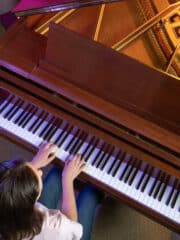
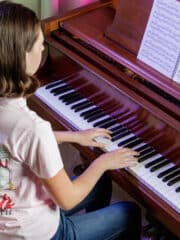

Brooke
Wonderfully written, very thorough. Love the photos! I have enjoyed playing Hanon exercises and found they strengthened my fingers without any injury.
Emma
Great to hear from a fellow pianist, Brooke! I'm glad that you enjoyed the article and have found Hanon exercises to help you in your piano practice.
Joan McCutchon
How encouraging to read a blog about piano playing! It sounds reasonable that if you master all those finger exercises, you are really going to improve at piano playing! Keep up your teaching on piano!
Joan
Emma
I’m glad you enjoyed the post! Thank you for the encouragement!
Shelby Minick
Thank you for sharing this! As a piano teacher I find the Hanson exercises are wonderful in developing playing skills. I’ve used them with students to increase finger strength and even as sight-reading exercises.
Emma
That’s great, Shelby! Using them as a sight reading exercise is a wonderful idea.
L
Nicely written, Emma! I can attest to the value of repetitive, technique-building, metronomic, "boring" exercises while practicing ANY instrument. It all pays off and becomes fun in the long run! Looking forward to reading more great posts here!
Emma
Thanks for your comment, L! Consistently practicing those boring exercises does actually become fun—especially when one can see how it improves technique and strength.
Morgan Phillips
Thank you so much for your thorough and practical assessment of Hanon exercises, Emma! It was inspiring to read! From playing the piano for over twenty years and teaching music, I understand the value of finger exercises! Just keep pressing on!
Emma
You’re welcome, Morgan! Finger exercises really do make a difference in one’s abilities!